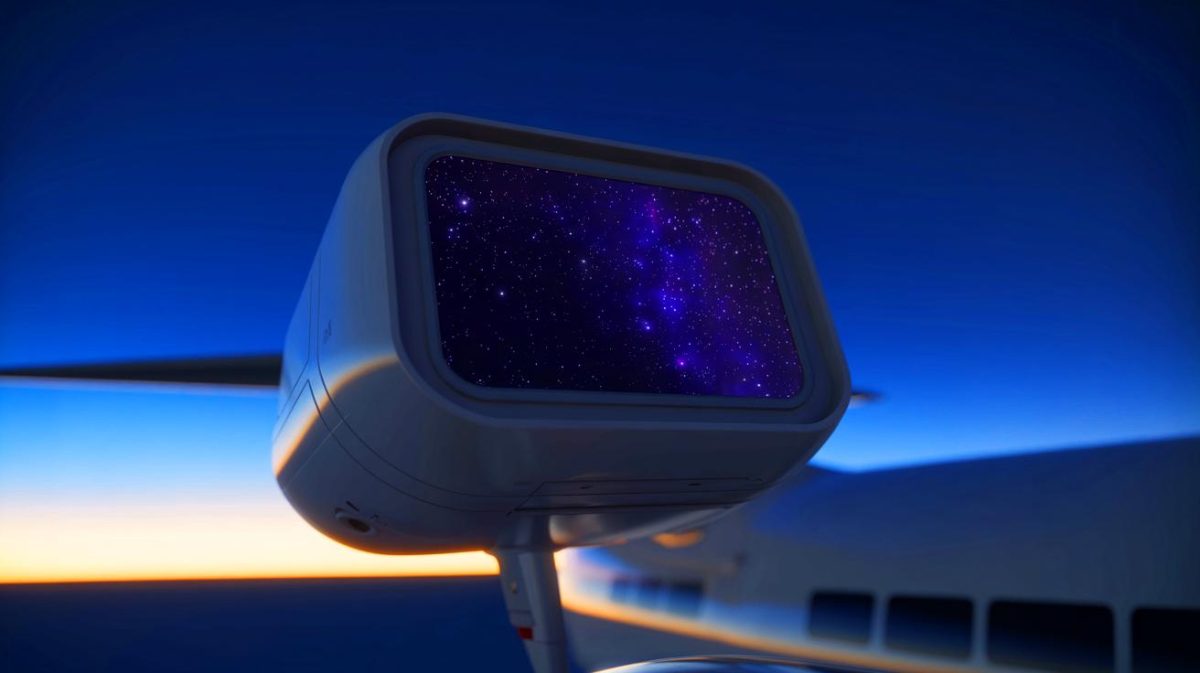| IN A NUTSHELL |
|
In a rapidly evolving technological landscape, a groundbreaking innovation is emerging from France that could redefine navigation as we know it. The French start-up Sodern has unveiled Astradia, a star tracker that operates independently of traditional GPS systems. This innovative technology promises to revolutionize the way both civilian and military sectors approach navigation, offering a reliable and secure alternative. As Astradia makes its debut, the world watches to see how this technology might transform our reliance on satellite-based systems.
Revolutionizing Navigation with Stellar Guidance
Astradia, crafted by Sodern—a subsidiary of ArianeGroup—introduces a revolutionary approach to navigation through its stellar guidance system. Unlike conventional GPS and other satellite-based systems that are susceptible to jamming and spoofing, Astradia uses advanced star tracking technology to navigate. This allows it to function even in daylight, providing an audacious alternative to traditional satellite navigation.
The technology behind Astradia leverages decades of experience in space exploration, with Sodern’s star trackers already proven in space. By adapting these algorithms for terrestrial use, Astradia partners with inertial navigation systems to deliver precise attitude measurements. This combination corrects natural drifts in inertial sensors, resulting in high-precision measurements accurate to a few arc seconds. Such precision offers substantial benefits over conventional systems, making Astradia a formidable contender in the navigation sector.
A Discreet, Jamming-Resistant System
Weighing under three pounds and measuring approximately 7 x 7.3 x 8.1 inches, Astradia is engineered for seamless integration into a variety of aircraft. Its compact design opens new possibilities for applications ranging from drones to commercial airliners and sensitive military operations. A critical advantage of Astradia is its ability to operate without emitting signals, ensuring complete discretion and making it resistant to potential jammers.
Functioning globally without cartographic updates, Astradia is versatile for both military and civilian use. Priced at approximately $275,000 before taxes, each unit represents a significant investment. However, the enhanced security and operational benefits it offers justify the cost, potentially marking a historical shift in navigation technology as it launches alongside the Paris Air Show.
Economic and Practical Implications
The introduction of Astradia raises significant questions about its economic and practical implications. While the initial cost is substantial, the long-term benefits in terms of security and precision could outweigh the investment. Particularly in the military and aviation industries, Astradia’s immunity to jamming and interference presents a compelling argument for adoption.
Astradia’s ability to function independently of external signals or frequent updates translates into lower maintenance and operational costs. This self-reliant nature makes it an attractive option for operators seeking to reduce dependency on satellite systems. While its application in civilian technologies such as automobiles and handheld devices is yet to be determined, the potential for Astradia to revolutionize navigation is undeniable, setting a precedent for future innovations.
Potential Challenges and Future Prospects
Despite its promise, Astradia does face certain challenges. Its dependence on clear skies for star visibility could limit its effectiveness in cloudy or polluted environments. However, integration with inertial systems may mitigate these limitations by maintaining accuracy without direct celestial observation.
The future of Astradia will depend on its adaptability and scalability. Will it remain confined to military and specialized aviation use, or will it find broader applications in everyday navigation? The possibility of integrating this technology into consumer electronics could herald a new era of navigation, untethered from traditional GPS constraints.
As the world stands on the cusp of potentially transformative changes in navigation technology, we must ask: How will innovations like Astradia reshape our reliance on satellite navigation systems, and what new horizons might we explore by turning to the stars?
Did you like it? 4.5/5 (26)







Est-ce que Astradia pourra fonctionner dans des conditions météorologiques difficiles ? 🌧️